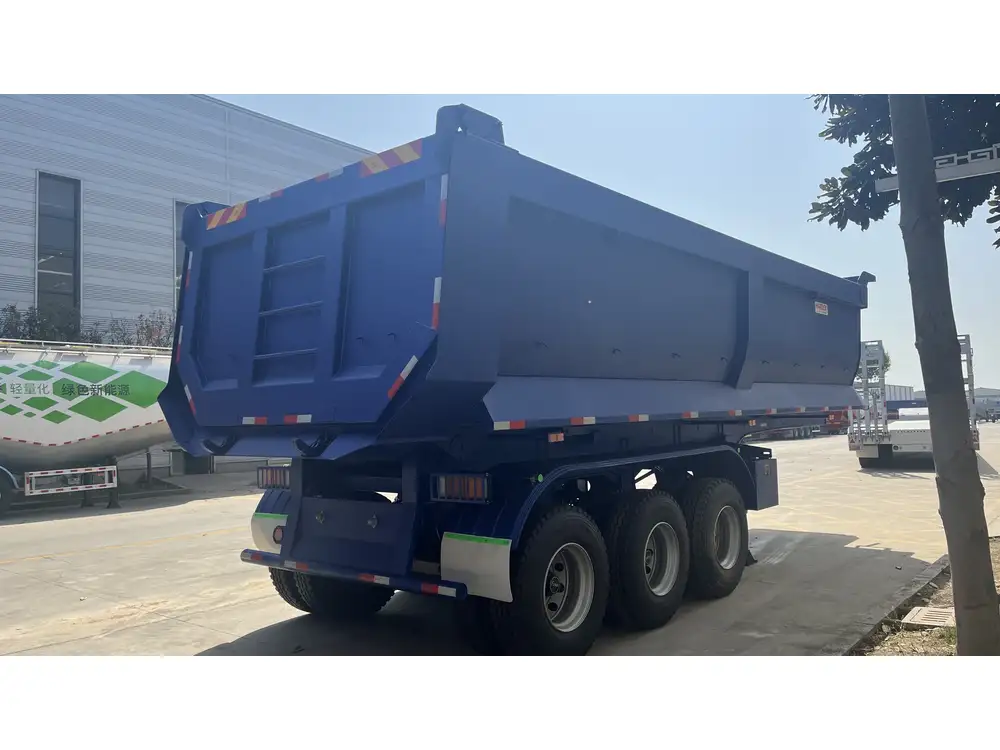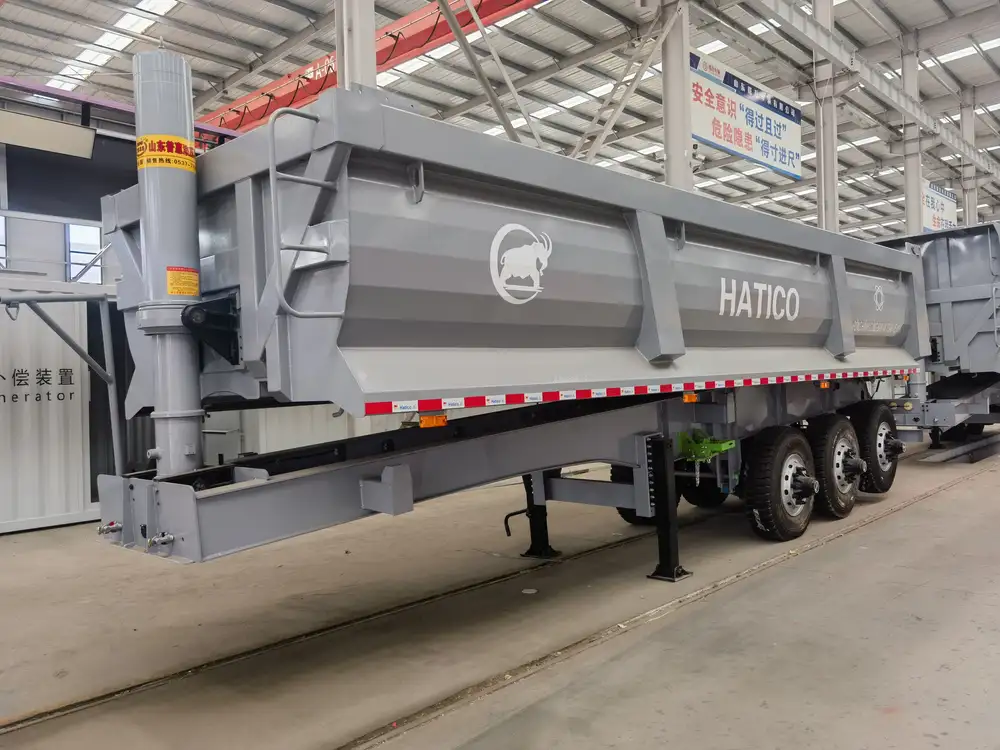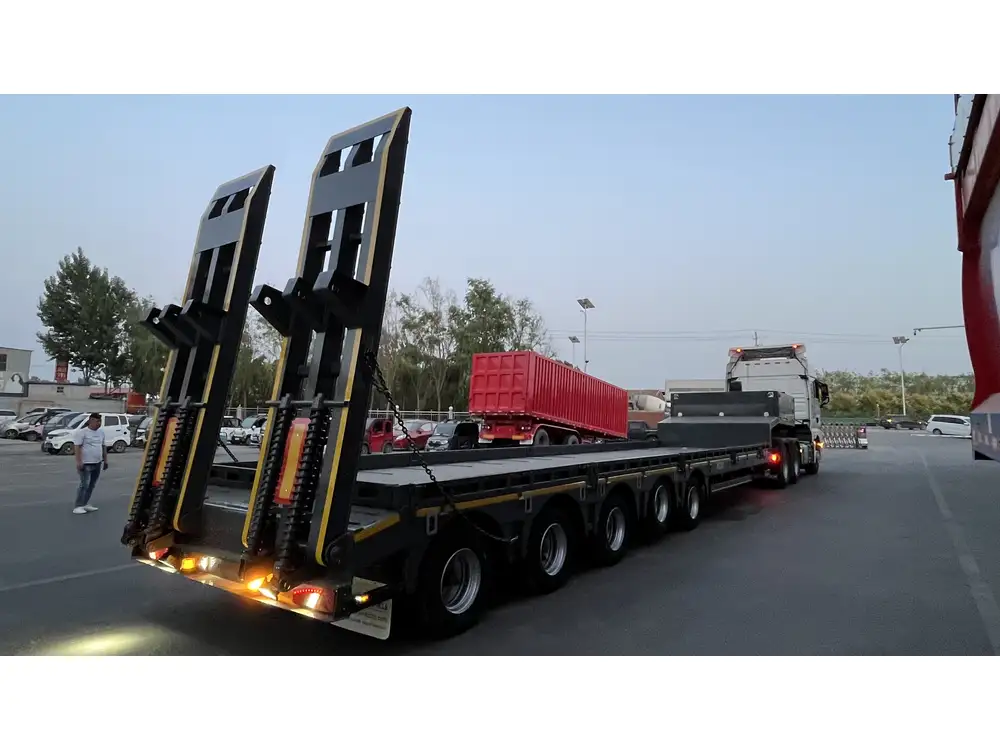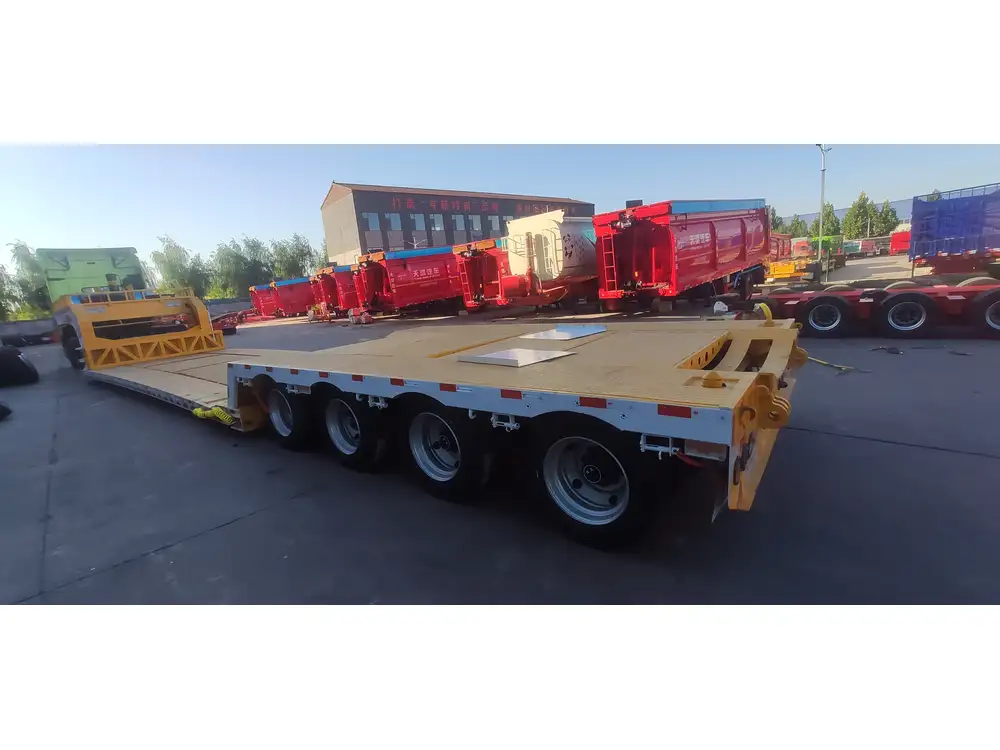Understanding the dimensions of semi-trailers is crucial for various stakeholders in the transportation and logistics industry. Whether you are a shipping manager, truck driver, fleet operator, or a business owner looking to expand your shipping capacity, understanding the specifications, including the width, is essential. This guide will delve into the intricacies of semi-trailer dimensions, analyze the regulations governing their widths, and provide insights on how these measurements affect logistics and transportation.
Understanding Semi-Trailer Dimensions
Standard Dimensions of Semi-Trailers
Semi-trailers are a vital component of the freight transport system. They are designed to be towed by a truck but are not self-propelled. The standard dimensions often include:
| Dimension | In Feet | In Inches | In Meters |
|---|---|---|---|
| Length | 53 | 636 | 16.15 |
| Width | 8.5 | 102 | 2.59 |
| Height | 13.5 | 162 | 4.11 |
The width of a semi-trailer is typically standardized at 8.5 feet or 102 inches. This width is crucial as it must comply with federal and state regulations governing vehicle dimensions.

Legal Regulations Governing Width
In the United States, the maximum allowable width for a semi-trailer is generally 8.5 feet (102 inches). This regulation is established to ensure road safety and compatibility with various infrastructure types, including bridges, tunnels, and roadways. Here are some key points regarding width regulations:
- Federal Regulations: The Federal Highway Administration (FHWA) sets the baseline standards for vehicle dimensions. These regulations help maintain uniformity across states.
- State Variations: Some states allow exemptions, permitting wider loads under specific conditions. This typically requires a permit, which allows shipping oversized loads legally.
- Specialized Trailers: Certain semi-trailers that are designed for specific goods (such as wider loads or equipment transport) may exceed the standard width but require special permits.
Height Considerations
While the focus is on width, understanding the height in relation to width is also critical. Most semi-trailers have a height of up to 13.5 feet. This creates potential height restrictions on certain routes, which can intersect with width concerns.
Types of Semi-Trailers and Their Width Variations
Semi-trailers come in various types and designs, and while most maintain the standard width, some specialized trailers exhibit different widths suited for their operational needs:

1. Flatbed Trailers
Flatbed trailers are commonly used for transporting heavy equipment and large commodities. Their design can influence width:
- Standard Width: 8.5 feet
- Custom Options: Some flatbeds may have removable side rails, allowing for wider loads.
2. Reefer Trailers
Refrigerated trailers, or reefers, maintain a controlled environment for perishable goods:
- Width Class: Typically around 8.5 feet, but variations exist for additional insulation or equipment.
3. Lowboy Trailers
Lowboy trailers are designed to transport heavy machinery and oversized loads:
- Width Standard: Generally around 8.5 feet, but often designed to accommodate specific cargo sizes.

4. Tanker Trailers
Used for transporting liquids, tanker trailers can also have specialized dimensions:
- Width Norm: 8.5 feet, ensuring stability and adherence to highway regulations despite varying tank diameters.
Importance of Trailer Width in Logistics
Impact on Load Capacity
The width of a semi-trailer directly affects the load capacity and the types of cargo that can be legally transported. A broader trailer can accommodate larger items, thereby enhancing efficiency.
- Maximized Loading Efficiency: For instance, a standard 8.5-foot width allows for maximum use of palletized loads, increasing the number of cargo units per trip.
- Weight Distribution: Vehicles must adhere to the gross vehicle weight rating (GVWR) regulations, meaning that wider trailers with optimal load distribution can potentially allow heavier loads.

Compliance with Safety Standards
Ensuring compliance with width regulations prevents costly penalties and enhances overall safety. Transporting oversized loads without proper permits can lead to fines and increased risk of accidents.
- Bridge Compatibility: Wider trailers increase scrutiny when using certain roadways due to reduced clearance on bridges and tolls.
- Increased Visibility: Wider vehicles often require flags or beacons to alert other drivers, potentially impacting operational efficiency if not managed properly.
Route Restrictions
Understanding width implications aids logistics planners in selecting appropriate routes. Some roads are unsuitable for wide loads, which can cause delays or necessitate detours.
- Pre-Approved Routes: Many transportation companies maintain databases of preferred routes that accommodate wider loads.
- Technology Utilization: Utilizing GPS and mapping software helps identify roads that are clear of restrictions for wider trailers.
Proper Loading Techniques for Semi-Trailers

Assessing Weight Distribution
Proper weight distribution within a semi-trailer not only maximizes cargo capacity but is essential for road safety and compliance. This involves:
- Placing Heavier Items on the Bottom: This reduces the center of gravity and improves stability during transit.
- Even Weight Distribution: Ensure load is balanced across the width and length of the trailer to prevent swaying or tipping.
Securing Cargo
Once loaded, securing the cargo is integral. This aspect is not only vital for legal compliance but crucial for safety:
- Using Proper Straps and Tie-Downs: Ensure that all items are anchored securely to prevent movement during transit.
- Regular Inspections: Conduct routine checks to ascertain that cargo remains secure throughout the journey.
Conclusion: Emphasizing Width in Semi-Trailer Operation
As we have explored in this comprehensive discussion, the width of a semi-trailer is far more than just a mere measurement; it is a complex interconnection of regulations, operational efficiency, and safety considerations. Understanding how wide a semi-trailer is—and the implications of that width—is fundamental for successful logistics and transportation operations.
Whether you are involved in route planning, fleet management, or cargo handling, a nuanced understanding of semi-trailer dimensions will empower you to make more informed and efficient decisions. Engaging in proper loading techniques, ensuring compliance with legal standards, and navigating the specifics of semi-trailer types can enhance overall productivity.
With a grounded comprehension of width and its significant impacts, stakeholders can optimize their operations, remain compliant, and ultimately improve their bottom line. As the industry continues to evolve, remaining vigilant about regulations and advancements will serve businesses well in the dynamic world of transportation and logistics.



